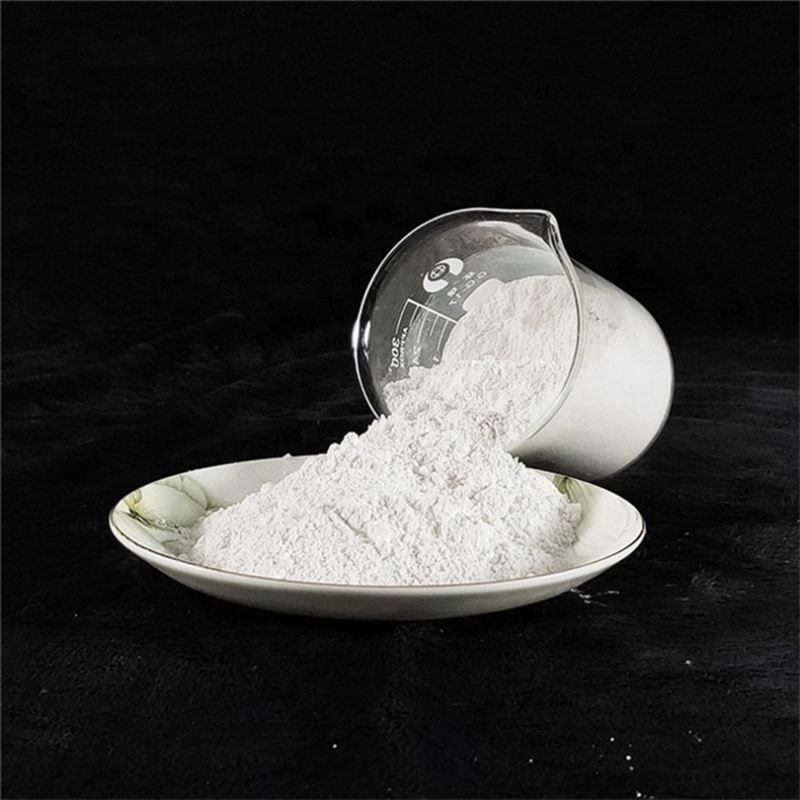4.Optimization of mechanical properties
Compared with aluminum hydroxide, magnesium hydroxide-filled composites have better mechanical properties:
Tensile strength retention rate: When 50% magnesium hydroxide is added to PP, the tensile strength only decreases by about 30%, while the aluminum hydroxide system with the same filling amount decreases by more than 50%.
Impact toughness: The surface-modified magnesium hydroxide/PA6 (nylon 6) composite material has a notched impact strength that is more than 20% higher than that of the aluminum hydroxide system, making it more suitable for applications that require high toughness, such as automotive parts.
Long-term stability: The thermal stability of Magnesium hydroxide for fire retardant makes it difficult to decompose in long-term use, and it will not cause performance degradation due to processing or use temperature fluctuations like aluminum hydroxide.
5.Comprehensive cost advantages gradually emerge
Lower addition amount: Due to the high flame retardant efficiency (under the same flame retardant grade, the amount of Magnesium hydroxide for fire retardant added can be reduced by 10-15% compared with aluminum hydroxide), the unit cost gap is narrowed.
Reduced processing energy consumption: Higher thermal stability reduces decomposition losses during processing and saves 5-8% energy consumption.
Extended product life: Magnesium hydroxide for fire retardant has better weather resistance than aluminum hydroxide, and can extend its service life by more than 20% in applications such as outdoor cables and building materials.

Mag hydroxide Flame Retardant is expected to further replace aluminum hydroxide in the following areas in the future:
Wires and cables (such as halogen-free flame retardant cables)
Building materials (such as fire retardant coatings, flame retardant panels)
New energy vehicles (battery pack flame retardant materials)
Electronic appliances (flame retardant housings, insulating components)
Conclusion
Compared with aluminum hydroxide, Mag hydroxide Flame Retardanthas higher thermal stability, better smoke suppression performance, better environmental protection and processing adaptability in flame retardant applications. With the advancement of flame retardant technology and the improvement of environmental protection requirements, Mag hydroxide Flame Retardant will become a more competitive flame retardant option and dominate the field of high-end flame retardant materials. Future research directions should focus on further improving its dispersibility, reducing costs, and developing new composite flame retardant systems to meet a wider range of market demands.

